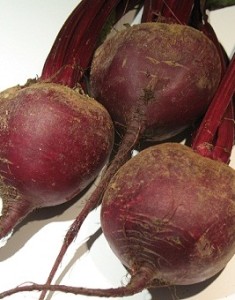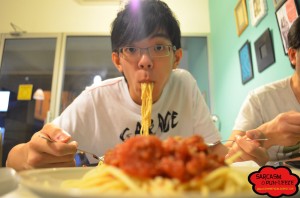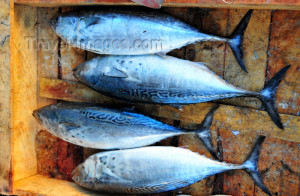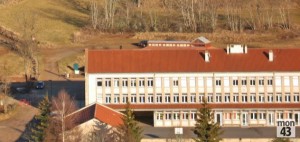(Thanks to my food safety friend Albert for sending this along.)
Three cases of hemolytic uremic syndrome (HUS) occurred in 15 days and the cases were notified to the Institute for Public Health Surveillance (VS) November 5, 2012 suggesting clustered cases of infection with enterohemorrhagic E. coli (EHEC).
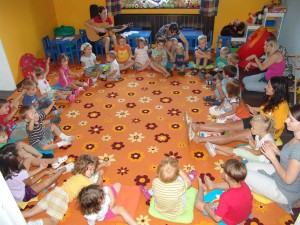 An exploratory investigation, a retrospective cohort of 89/94 children (95%) and 28/36 (78%) and personal prospective surveillance was carried out at a common exposure and to determine the extent of the epidemic . Screening in the family circle of confirmed cases and among children and staff was conducted. EHEC was detected by PCR (polymerase chain reaction) in feces, and positive samples were cultured for strain characterization.
An exploratory investigation, a retrospective cohort of 89/94 children (95%) and 28/36 (78%) and personal prospective surveillance was carried out at a common exposure and to determine the extent of the epidemic . Screening in the family circle of confirmed cases and among children and staff was conducted. EHEC was detected by PCR (polymerase chain reaction) in feces, and positive samples were cultured for strain characterization.
A confirmed case was a child or crèche staff who submitted between 10 October 2012 and 17 January 2013, signs of gastroenteritis and/or HUS EHEC O111 isolation; probable case presented bloody and/or stool HUS and a positive PCR; a possible case had presented with diarrhea at least 3 loose stools in 24 hours and consulted a doctor.
Eighteen cases (6 confirmed, 1 probable and 11 possible) were identified among children. The epidemic curve evoked human transmission. The attack rate was 20.2%, 6.7% considering only confirmed cases. Attendance of group A was significantly associated with the disease (RR = 3.1 95% CI [1.3 to 7.1]). Household contacts of confirmed cases, 17% (3/18) were asymptomatic. Screening identified 4% (3/80) of asymptomatic children.



